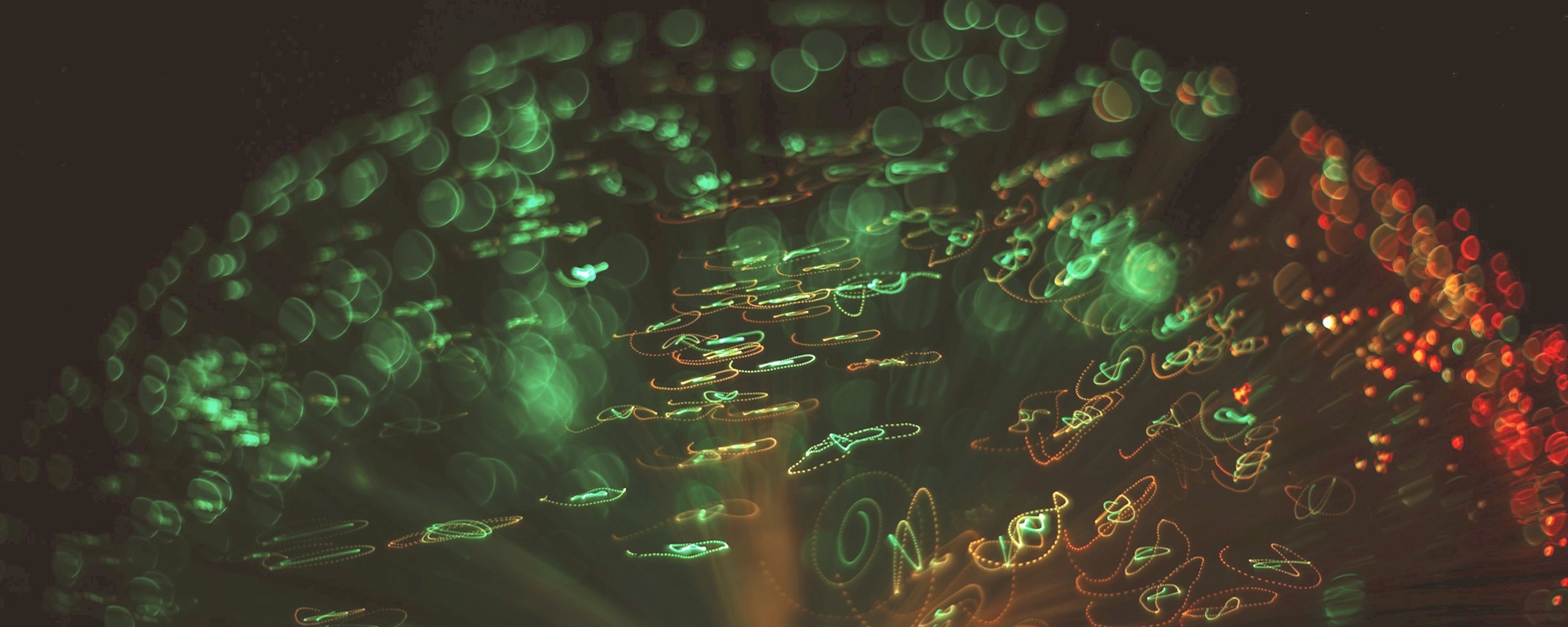Video mapping, in recent years, has been a true revolution when it comes to shaping the visual aspect of events, transforming them into immersive and unique experiences. This innovative technique allows any type of surface (buildings, walls, stages…) to be turned into dynamic canvases, filled with light, color, and movement.

By combining the latest technologies with artistic creativity, video mapping has evolved into an essential tool for those looking to stand out by creating unforgettable moments at their events. In this article, we will analyze what video mapping is, how it is carried out, the key tools needed to implement it, and the ideal scenarios to maximize the potential of this technique.
What is video mapping?
Also known as “projection mapping,” it is a technique that uses projectors to turn any type of surface into a dynamic and impactful screen. The main difference from traditional projections is that video mapping allows images to be adapted to the shape, size, and characteristics of each surface, creating three-dimensional experiences that bring objects and spaces to life.
This technology combines creativity, graphic design, and dedicated software to generate optical effects and visual illusions that create the sensation of interaction with the environment. It has been used in historical buildings, indoor shows, corporate events, product launches, and artistic performances, gaining popularity for its ability to attract, surprise, and captivate all kinds of audiences.
How to create a video mapping?
A video mapping project requires planning, creativity, and the use of specific, dedicated tools. The first step is to analyze the surface where the projection will take place. This is crucial because its shape, texture, and dimensions will largely determine the visual design of the video mapping. Accuracy in measurements and the creation of a digital model are essential, as they serve as the foundation for developing the visual content.
The next step is designing all the graphics and animations. This is where creativity comes into play, as it’s not only important for the visuals to be attractive but also for the result to align with the event’s objectives. The animations must be perfectly synchronized with any additional elements, such as music, audio, voiceovers, or other interactions that are part of the experience.
The projection itself requires careful adjustment of the projectors. This step is crucial to ensure that the images align correctly with the surface being projected onto. This includes calibrating the brightness, focus, and distance. Pre-event tests and trials are essential to ensure that all the effects appear as expected and to make any necessary adjustments before the event takes place.
Video Mapping Tools
Any video mapping project requires specific tools to facilitate the design, animation, and projection process. The projector is the main element, and its power will depend on the size of the surface and the lighting conditions of the environment in which it is projected. Having a high-luminosity projector is ideal for outdoor spaces or large surfaces, enhancing the sense of spectacularity.
Video mapping software is a crucial component when planning and executing its design. Tools like MadMapper or HeavyM allow for creating, adjusting, and projecting content accurately and precisely. These tools include essential features for flawless execution, such as mapping surfaces, adjusting perspectives, and synchronizing visual effects with music or audio elements.
Playback and control equipment, such as powerful computers and multimedia controllers, are necessary to manage the content during the event. In some cases, motion sensors or cameras may be used to enhance the sense of interactivity with the projection and the overall show.
Where to perform a video mapping?
Video mapping can be carried out practically anywhere. The only requirement is having a surface suitable for projecting images. One of the most commonly used settings is building facades, as they provide a large canvas that is visible even from a distance. This type of projection is ideal for outdoor events, cultural festivals, and corporate celebrations.
In indoor spaces, video mapping is often applied to walls, ceilings, or tables, making it a highly versatile option for conferences, product presentations, or themed dinners. The ability to incorporate three-dimensional objects, such as sculptures and vehicles, is particularly appealing for creating striking and personalized visual effects.
Video mapping can also be carried out in natural environments such as mountains or landscapes, offering unique opportunities and additional technical challenges that, when overcome, result in truly stunning moments that captivate the audience. At MTGlobal, we know that video mapping is much more than a technological tool. With our 30 years of experience working with various types of clients, we understand that transforming an event into an unforgettable experience is crucial to achieving success and meeting objectives. If you’re looking to innovate and surprise your audience, we invite you to explore how we innovate in event planning and production to help you integrate this technique into your next project.